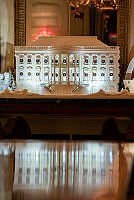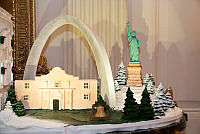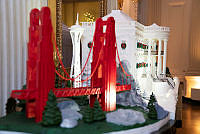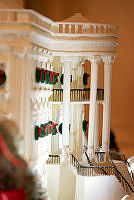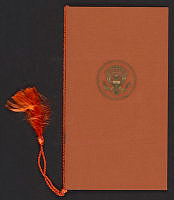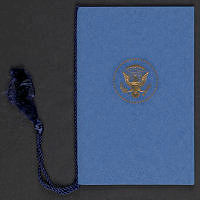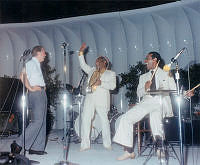Funding the War of 1812
Copyright © White House Historical Association. All rights reserved under international copyright conventions. No part of this article may be reproduced or utilized in any form or by any means, electronic or mechanical, including photocopying, recording, or by any information storage and retrieval system, without permission in writing from the publisher. Requests for reprint permissions should be addressed to books@whha.org
The nation went to war without a wide-ranging financial strategy. The federal government's revenue largely came from customs duties and land sales, but war meant that revenue from these sources nosedived. There was no federal taxation of incomes and the Bank of the United States' charter had been allowed to run out in 1811, depriving the government of a major source of loans and credit. The government now had to use state banks and wealthy individuals as the basis for capital for its loans.
In July 1813 Congress consented to a series of direct taxes on land and property, and on transactions and products including auction sales, carriages, liquor distilleries, retail wine licenses and refined sugar. Although by the spring of 1814 Congress had authorized President James Madison to borrow $32.5 million to pay for the war, by summer the investment climate for U.S. Treasury bonds was dismal, and the government's inability to borrow money hampered its ability to pay for the defense of Washington.

U.S. Treasury Note from the first issue authorized by Congress, June 30, 1812, to fund the War of 1812.





